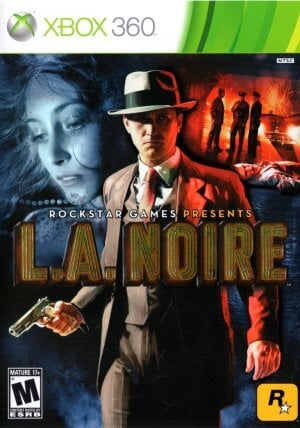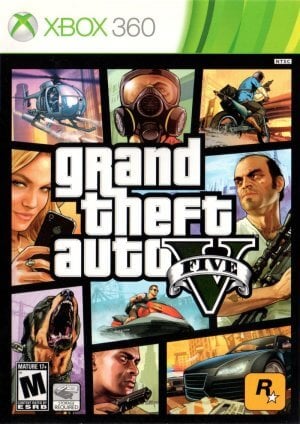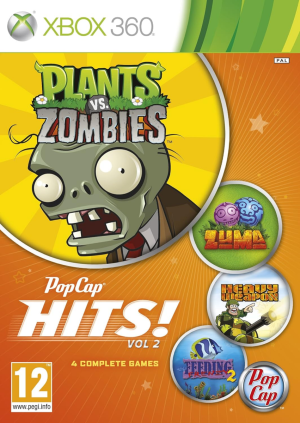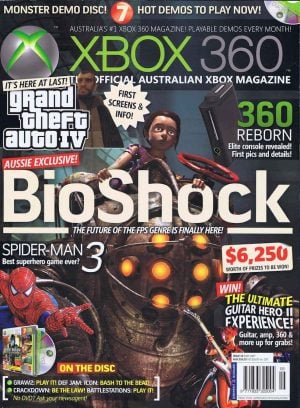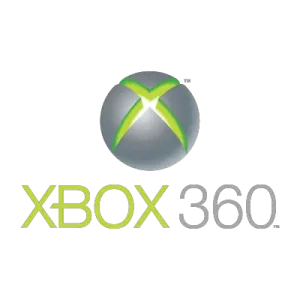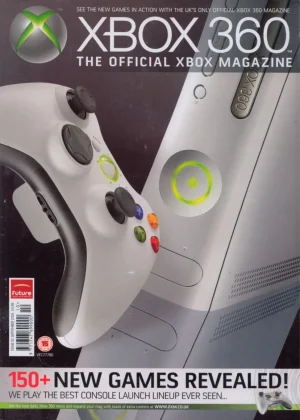Ashan’s world has a significant demon problem. When the moon is in the correct position, the thugs emerge from their prison globe Sheogh and threaten the area. They’re looking for the Blade of Binding this time. It was forged during the last demon battle, permitting its bearer to command demons. Something the nightmares will never allow anyone to have. So they do everything they can to sow discord between humans and elves, resulting in a battle in the Forests of Irollan. At the same time, some are blinded by the demons’ gift of power and covertly join their ranks. Because the grownups are smashing their heads in, it is up to their children to save Ashan and end the demons.
Might & Magic: Clash of Heroes is a puzzle- and turn-based strategy game set in the Might & Magic universe, 40 years before the events of Heroes of Might & Magic V. Throughout the game, the player assumes the role of a younger version of well-known heroes such as the human Godric or the elf Anwen. The campaign is divided into five acts, each beginning with the player as a level 1 hero in one of the four areas of Ashan and even Sheogh. Like the original game, the player guides his hero worldwide, talking to people, gathering resources such as gold and stone, completing missions, and fighting numerous adversaries. This is all happening in real-time.
The hero has access to three sorts of troops: standard, elite, and master, with a maximum of three regular brigades, one elite, and one master in his army at any moment. All the soldiers come from the Heroes of Might and Magic universe and have the same powers as their bigger siblings. While standard troops are unimportant once unlocked because they do not need to be replenished, elite and master units must be purchased at specific structures on the map because they can be destroyed during combat. Combat takes place in turns, although not on a standard hex grid as in the original game. Instead, the battle is not just the primary focus of the game, but it is also structured in the style of a puzzle game.
Once combat begins, the player must arrange his forces by color, with three moves generally available. The order in which the troops enter the action relies entirely on chance. Only the player has control over which troops are accessible to him. The two DS displays display the player’s troops at the bottom and the enemy at the top, grouped in eight rows of up to six units each. When three regular branches of the same color are piled on each other, they form a formation and prepare to fight. Elite teams, on the other hand, require two standard units to be activated, while master units require four. Each unit type is coupled with a timer and a specific level of strength. The timer indicates which round the team will make their attack move. Until then, the power of the team will increase at the start of the player’s turn until it reaches its maximum. Suppose an enemy assault strikes the same row during this charging time. In that case, the opponent’s damage is deducted from the unit’s strength until either the enemy’s units or the unit’s power reaches zero. Inactive units reduce the enemy’s assault force as well, albeit far less than an attack formation. If teams attack with the same length until attack and color as another unit on the board, they will link up and become even stronger. When two assault forces of the same hue form in the same row, their strength is more than doubled.
Most battles aim to reduce the enemy hero’s health to zero. This is accomplished by effectively advancing an offensive formation through hostile forces with at least one strength remaining. The heroes are not visible on the battlefield, but if their units damage the enemy hero or the hero is hit, his mana will grow. When it is complete, they can cast a spell specific to that hero, such as a lightning storm. Each hero and their forces are members of one of the five factions, which include Inferno and Necropolis. The game world in which they move is also a component of that faction’s home.
To spice things up, the game includes boss fights that are unlike conventional bouts and other story-related battles that depart from the standard “Kill the Hero” structure. Godric, for example, must free some prisoners by simultaneously activating two switches with his attack groups. Combat challenges are also accessible to eliminate the enemy troops in a single turn using pre-defined units.


